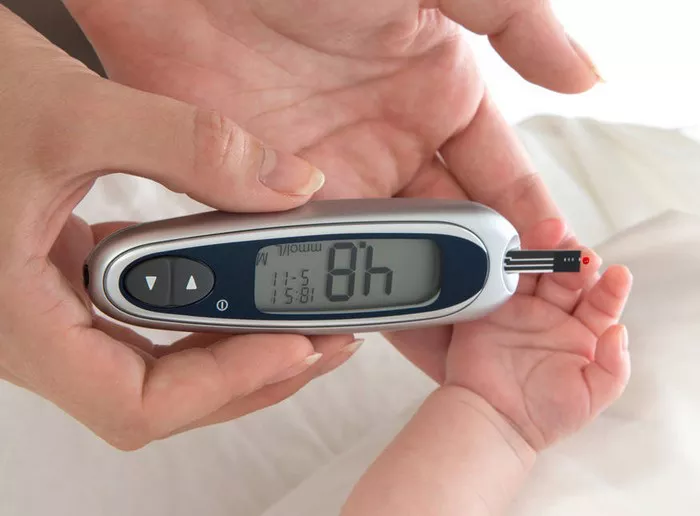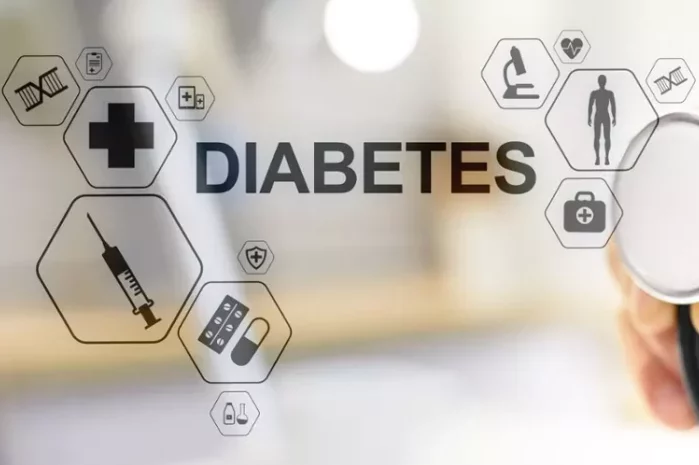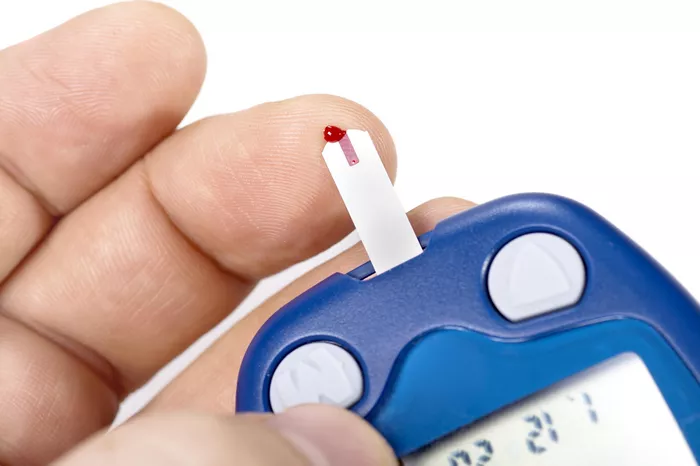Metformin, a widely prescribed medication for type 2 diabetes, holds a unique position in the pharmacological landscape due to its efficacy and safety profile. Unlike many other antidiabetic drugs, metformin is notable for its very low risk of causing hypoglycemia. Understanding the reasons behind this characteristic involves exploring the mechanisms of action of metformin, its pharmacodynamics, and its effects on various metabolic pathways.
Mechanisms of Action
To understand why metformin does not cause hypoglycemia, it is crucial to delve into its mechanisms of action. Metformin primarily acts by reducing hepatic glucose production and increasing insulin sensitivity in peripheral tissues. Here’s a detailed examination of these processes:
Inhibition of Hepatic Glucose Production
One of metformin’s primary actions is the inhibition of hepatic gluconeogenesis. This process involves several steps:
- Activation of AMPK (AMP-Activated Protein Kinase): Metformin activates AMPK, a key cellular energy sensor. Activated AMPK inhibits the expression of gluconeogenic genes in the liver, thereby reducing glucose production.
- Mitochondrial Mechanisms: Metformin interferes with mitochondrial respiratory chain complex I, leading to reduced ATP levels and an increase in AMP. This alteration inhibits gluconeogenesis indirectly by signaling a cellular low-energy state, thus reducing the liver’s ability to produce glucose.
- Reduction of Substrate Availability: Metformin decreases the availability of substrates like lactate and glycerol required for gluconeogenesis, further contributing to decreased hepatic glucose output.
By lowering hepatic glucose production, metformin reduces fasting blood glucose levels without directly stimulating insulin secretion.
Increased Insulin Sensitivity
Metformin enhances insulin sensitivity in muscle and adipose tissues through several pathways:
- Improved Insulin Receptor Function: Metformin improves the binding of insulin to its receptors, enhancing the signaling pathways that promote glucose uptake.
- Increased GLUT4 Translocation: Metformin promotes the translocation of GLUT4 glucose transporters to the cell membrane in muscle cells, facilitating glucose uptake independent of insulin action.
- Reduction of Lipotoxicity: Metformin reduces the accumulation of intracellular lipid intermediates that can impair insulin signaling, thus improving insulin sensitivity.
These actions collectively improve glucose uptake by peripheral tissues, contributing to overall glycemic control.
Comparison with Other Antidiabetic Agents
To further elucidate why metformin does not cause hypoglycemia, it is helpful to compare it with other classes of antidiabetic drugs that have a higher risk of inducing hypoglycemia.
Sulfonylureas and Meglitinides
Sulfonylureas (e.g., glipizide, glyburide) and meglitinides (e.g., repaglinide) stimulate insulin secretion from pancreatic beta cells. They bind to ATP-sensitive potassium channels on the beta cell membrane, causing depolarization and calcium influx, which triggers insulin release. This mechanism is glucose-independent, meaning that these drugs can cause insulin release even when blood glucose levels are low, leading to hypoglycemia.
In contrast, metformin does not directly stimulate insulin secretion. Its glucose-lowering effects are primarily due to decreased hepatic glucose output and improved insulin sensitivity, both of which are less likely to cause hypoglycemia.
Insulin Therapy
Exogenous insulin therapy can also lead to hypoglycemia, particularly if the dosage does not accurately match the patient’s carbohydrate intake, activity level, or insulin sensitivity. Insulin lowers blood glucose by promoting cellular uptake and inhibiting hepatic glucose production, but if too much insulin is administered, blood glucose levels can drop too low.
Metformin’s mode of action avoids this risk as it does not involve exogenous insulin administration and does not force the body to take up glucose irrespective of the current blood glucose levels.
GLP-1 Receptor Agonists and DPP-4 Inhibitors
GLP-1 receptor agonists (e.g., exenatide, liraglutide) and DPP-4 inhibitors (e.g., sitagliptin) increase insulin secretion in a glucose-dependent manner and inhibit glucagon release. Although these drugs have a lower risk of hypoglycemia compared to sulfonylureas, there is still some potential, especially when combined with other hypoglycemic agents.
Metformin stands out because it does not directly interact with the incretin system or the pancreatic beta cells, thus avoiding any insulinotropic effects that could lower glucose levels excessively.
Clinical Evidence Supporting Metformin’s Safety Profile
Numerous clinical studies and trials have highlighted metformin’s low risk of hypoglycemia. The UK Prospective Diabetes Study (UKPDS) and other large-scale trials have consistently shown that metformin use does not significantly increase the incidence of hypoglycemic events compared to placebo.
UK Prospective Diabetes Study (UKPDS)
In the UKPDS, metformin was compared with sulfonylureas and insulin in newly diagnosed type 2 diabetes patients. The study found that metformin effectively reduced HbA1c levels without increasing the risk of hypoglycemia significantly, unlike sulfonylureas and insulin.
Comparative Studies
Other studies comparing metformin with other antidiabetic agents, such as sulfonylureas, thiazolidinediones, and insulin, have consistently demonstrated that metformin has a lower incidence of hypoglycemia. This safety profile makes it a preferred initial therapy for type 2 diabetes.
Metformin in Combination Therapy
When used in combination with other antidiabetic drugs, metformin retains its favorable profile. For instance, combining metformin with sulfonylureas, insulin, or GLP-1 receptor agonists can improve glycemic control while mitigating the risk of hypoglycemia associated with these agents.
Mechanistic Synergy
The combination of metformin with other agents leverages different mechanisms of action:
- Sulfonylureas: Metformin reduces hepatic glucose production while sulfonylureas increase insulin secretion. The combined effect improves glycemic control without excessively increasing hypoglycemia risk, as the insulinotropic action is balanced by the non-insulinotropic action of metformin.
- Insulin: Adding metformin to insulin therapy allows for lower doses of insulin to be used, reducing the likelihood of hypoglycemic events while maintaining glycemic control.
- GLP-1 Receptor Agonists: Metformin enhances insulin sensitivity and lowers glucose production, complementing the glucose-dependent insulinotropic and glucagonostatic effects of GLP-1 receptor agonists.
Clinical Outcomes
Clinical outcomes from combination therapy studies indicate that metformin’s inclusion in a multi-drug regimen enhances glycemic control without significantly increasing hypoglycemia risk. For example, patients on metformin plus insulin therapy experience fewer hypoglycemic episodes compared to those on insulin alone, attributed to metformin’s stabilizing effect on blood glucose levels.
Patient Population Considerations
Certain patient populations benefit particularly from metformin’s low risk of hypoglycemia. These include:
Elderly Patients
Elderly patients with diabetes are at a higher risk of hypoglycemia due to factors such as polypharmacy, comorbid conditions, and altered pharmacokinetics. Metformin is especially valuable in this group due to its safety profile. The avoidance of hypoglycemia in elderly patients reduces the risk of falls, fractures, and cognitive impairment.
Patients with Renal Impairment
While metformin is contraindicated in severe renal impairment due to the risk of lactic acidosis, it remains an important option for patients with mild to moderate renal dysfunction. Careful monitoring and dose adjustments allow these patients to benefit from metformin without the added risk of hypoglycemia, which is particularly dangerous in renal impairment.
Emerging Research and Developments
Recent research continues to explore the various ways metformin can be utilized to maximize its benefits and minimize risks. Studies on metformin’s role in weight management, cardiovascular protection, and potential anti-aging effects highlight its multifaceted nature.
Weight Management
Metformin’s ability to promote weight loss or prevent weight gain is a significant advantage over other antidiabetic medications, which often cause weight gain, thereby increasing insulin resistance and the risk of hypoglycemia. Weight management through metformin use further stabilizes blood glucose levels and reduces the need for higher doses of other medications.
Cardiovascular Protection
Emerging evidence suggests that metformin may confer cardiovascular benefits beyond glucose control. Its anti-inflammatory and endothelial protective effects contribute to cardiovascular health, crucial for patients with type 2 diabetes who are at increased risk for cardiovascular events. Improved cardiovascular health indirectly supports better glucose regulation and reduces the overall risk of complications, including hypoglycemia.
Conclusion
Metformin’s unique mechanism of action, focusing on reducing hepatic glucose production and enhancing peripheral insulin sensitivity without directly stimulating insulin secretion, underlies its low risk of causing hypoglycemia. This characteristic distinguishes metformin from other antidiabetic agents that increase insulin levels independently of blood glucose, thus posing a higher risk of hypoglycemia.
Clinical evidence and practice have consistently validated metformin’s efficacy and safety, making it a cornerstone of type 2 diabetes management. Its role in combination therapies, favorable outcomes in specific patient populations, and potential benefits beyond glycemic control further emphasize its importance.
As research continues to expand our understanding of metformin, its place in diabetes treatment protocols remains firmly rooted in its ability to provide effective glycemic control with minimal risk of hypoglycemia. This ensures not only better diabetes management but also improved overall patient outcomes and quality of life.
Related topics:
What Can I Eat Immediately To Lower My Blood Sugar



























